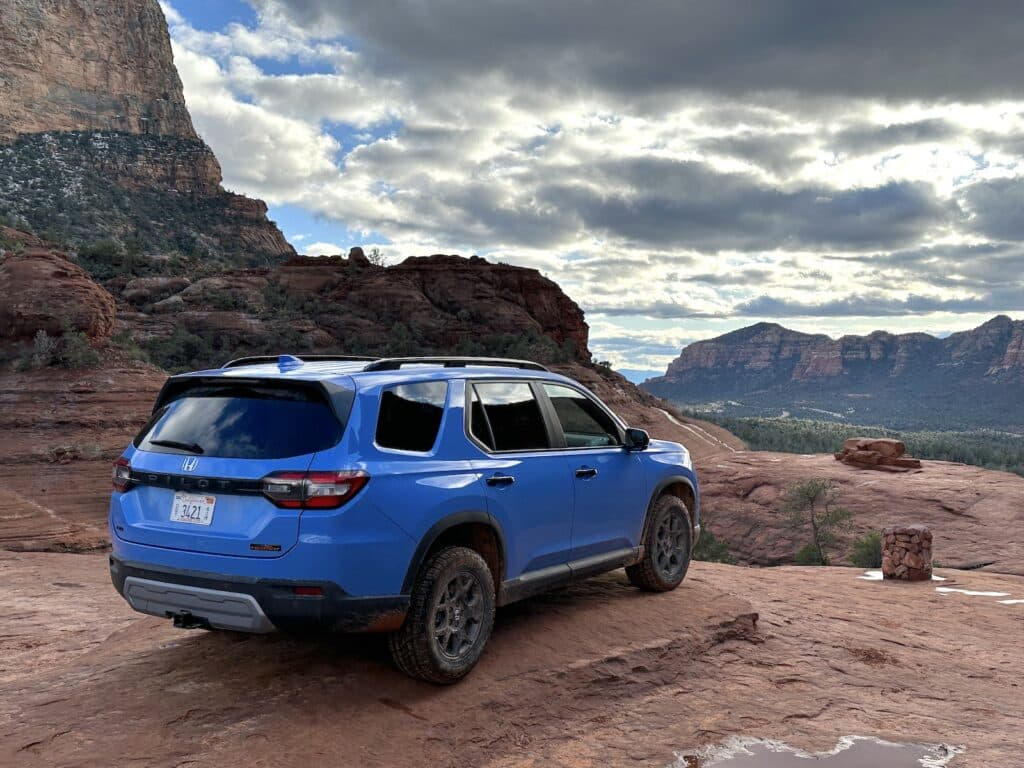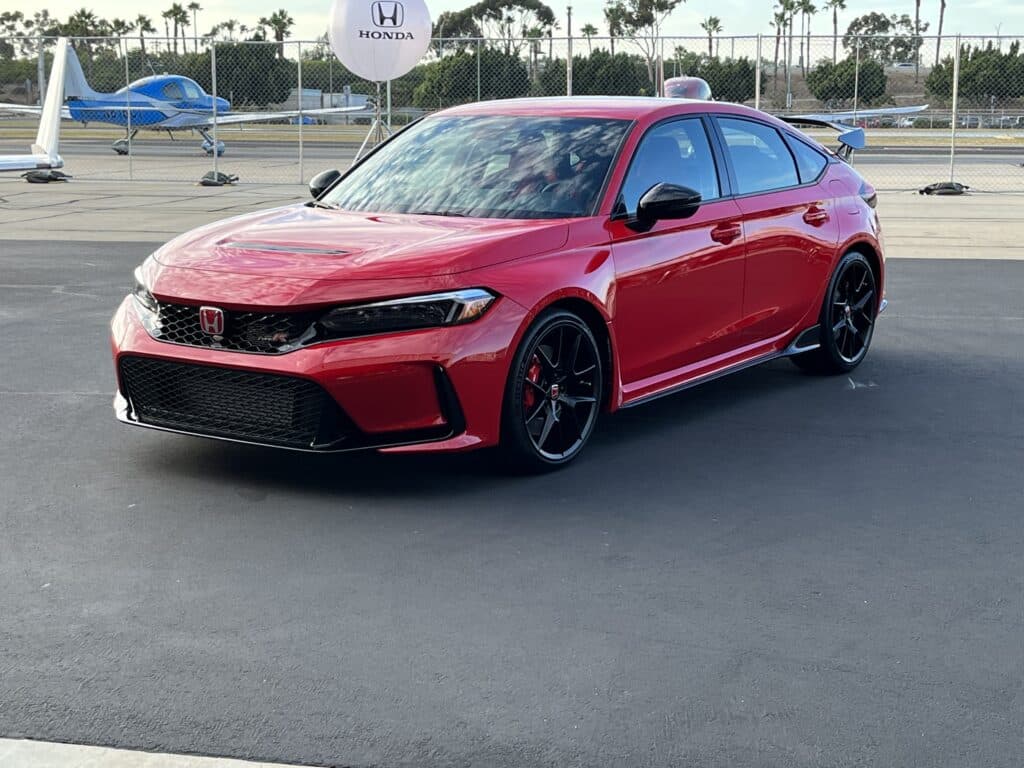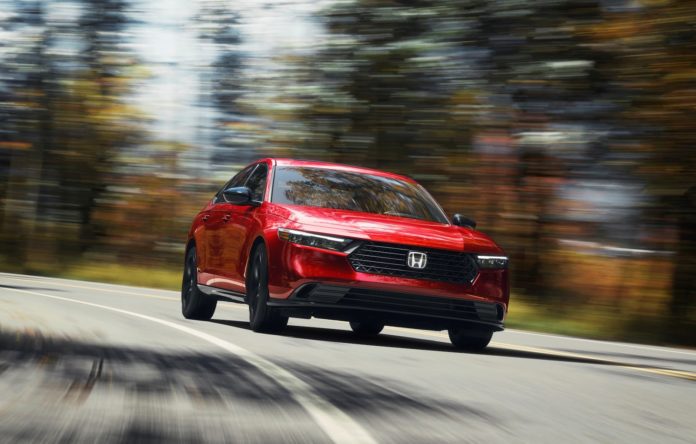Things didn’t go very well for Honda last year, U.S. sales tumbling by more than a third due to “parts shortages, production challenges and logistics issues.” But the automaker’s new sales chief says he is “bullish going into 2023,” and one key reason is an expanding line-up of hybrid models.
The auto industry, as a whole, has struggled during the last several years, much of that due to the ongoing shortage of semiconductors. But Japan’s third-largest automaker was particularly hard hit, combined U.S. sales for the Honda and Acura brands plunging to 975,915 units from 1,465,884 in 2022, a 33.4% decline. Among major manufacturers, only Jaguar Land Rover posted a larger, 35.3% decline.
“Honestly, last year was frustrating for us,” Mamadou Diallo, who currently serves as vice president of automobile sales for American Honda, said during a virtual media roundtable. “Just when we thought we had cleared one hurdle we were hit with another.”
Out of the woods? Maybe
But things are starting to look better, said Diallo, who will be promoted to senior vice president April 1. Where Honda had just 20,000 vehicles in dealer stock at the start of 2022, inventories are up well over 100,000 vehicles right now. And, with chips and other critical parts in better supply, the automaker is betting it will be able to drive up production for the North American market to more normal levels.
In a background briefing Tuesday, Diallo forecast the Honda brand alone will generate U.S. sales of at least 1.2 million this year, while the high-line Acura brand is targeting volumes of around 160,000.

“We aren’t out of the woods, yet,” Diallo said, injecting a note of caution. But “(g)oing into 2023 I think the worst is over for us.”
A continuing flood of new product
If the Honda and Acura brands really can regain momentum, much for the credit will go to the flood of new products they launched in 2022 — and more is coming for 2023. The list last year included normally high-volume offerings such as the Honda HR-V and CR-V, as well as niche variants like the Civic Type-R. Acura won raves for the reborn Integra model which, among other honors, was named North American Car of the Year earlier this month.
And there’ll be more in 2023. The Honda Pilot SUV is just reaching showrooms in large numbers, and there will be major updates this year for both the Honda Passport SUV and Ridgeline pickup. Both of those models, as well as the new Pilot, come with new off-road “TrailSport” variants that Honda expects to win over the growing number of buyers who want more rugged and capable light trucks.
Betting big on hybrids
Honda also is betting on an expanded line-up of hybrids, starting with a gas-electric version of the latest-generation Civic. And there’ll be a hybrid package for the 12th-generation Honda Accord coming to market this year, as well.

Hybrids should make up at least “50%” of the sales for models where they’re available, a list that also includes the latest-generation CR-V, Diallo said.
The automaker is ramping up its electrification program and plans to not only add more hybrids but also begin rolling out long-range battery-electric vehicles. Hybrids, said Diallo, will be a critical “bridge” in the rollout of the automaker’s first EVs, the Honda Prologue and Acura ZDX.
Hybrids the transition to Honda’s EV assault
They’ll reach U.S. showrooms in 2024, though potential buyers will have the opportunity to start placing orders later this year. In a departure from its normal marketing approach, buyers will only be able to purchase the ZDX — and future Acura EVs — online. They’ll still have the opportunity to kick the tires at showrooms, however, and dealers will still oversee deliveries and repairs — in accordance with most state franchise laws.
The first two EVs are being developed as part of a joint venture between Honda Motor Co. and General Motors. The Japanese automaker’s big push into the battery-car market won’t begin until 2026, however, when it starts rolling out vehicles based on its own EV platform. By 2030 it expects all-electric models to make up as much as 50% of its U.S. sales — including all of those by the Acura brand. It’s longer-term target is to go 100% electric with both brands worldwide by 2040.

